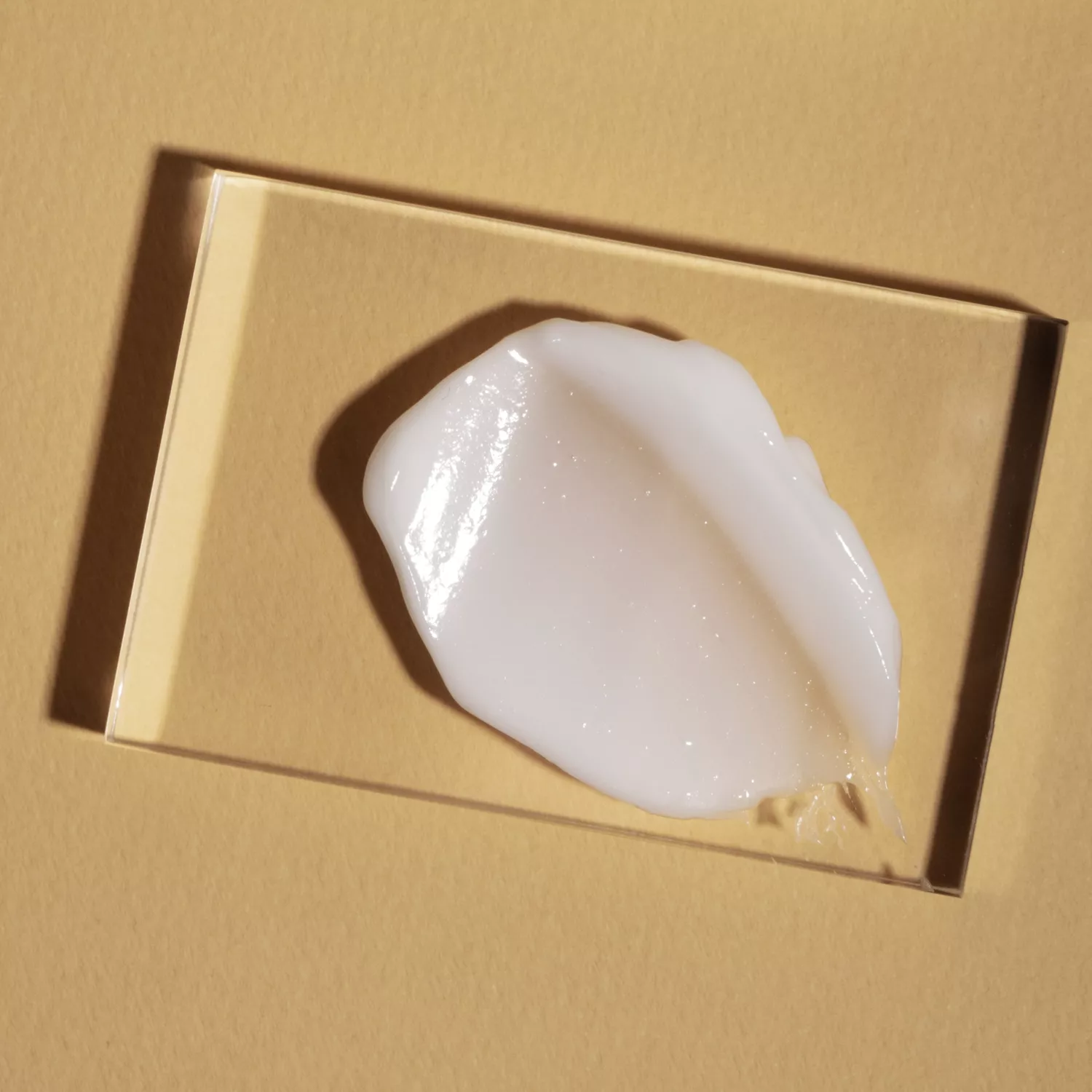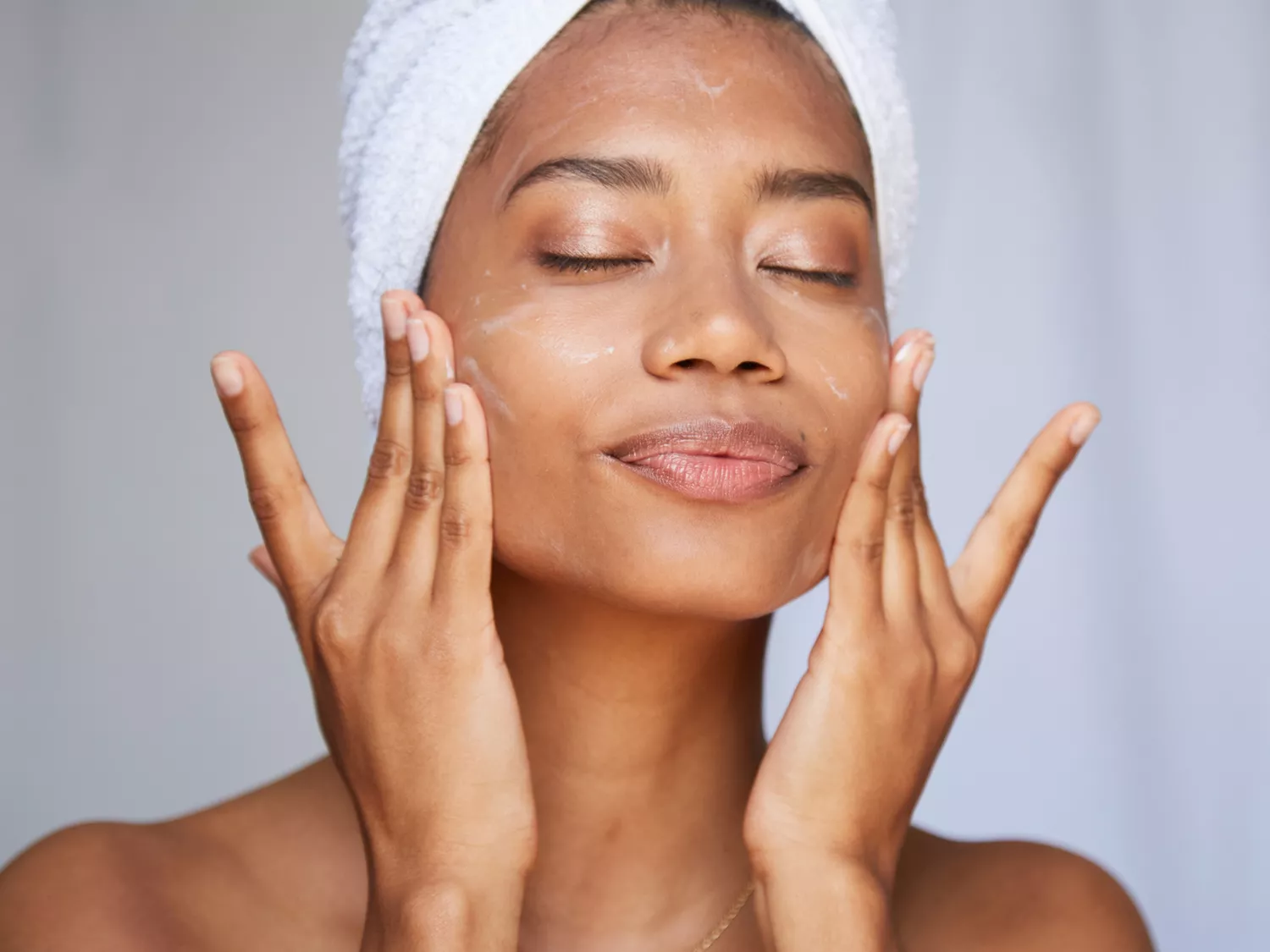
Cyclopentasiloxane might not exactly be an ingredient on your radar (well be the first to admit it wasnt on ours a short time ago either), but wed be willing to bet youve heard of silicones. You see, cyclopentasiloxane is a form of silicone thats pretty commonly used these days in skincare and haircare products. And as you know, the topic of silicones in your products is a highly debated one. Getting a grasp of cyclopentasilxone and how it functions in skincare is no easy feat (almost as hard as it is to spell or pronounce), so we turned to Morgan Rabach, MD, a board-certified dermatologist and co-founder of LM Medical in NYC, cosmetic chemist Ron Robinson of BeautyStat, and independent cosmetic chemist Perry Romanowski of The Beauty Brains to clear a few things up for us.Keep reading to find out more about the controversial ingredient so you can make your own informed decision about whether or not to continue using products containing cyclopentasiloxane.
Cyclopentasiloxane
- Type of ingredient: Emollient, lubricant, and solvent
- Main benefits: Gives products a silky texture, seals hydration, and dissolves heavier ingredients
- Who should use it:In general, anyone looking to soften their skin with a lightweight product
- How often can you use it: Cyclopentasiloxane is safe to use on a daily basis.
- Works well with: Robinson says it works well when combined with heavier oils or silicones because it makes them easier to spread on the skin.
- Don't use with: Cyclopentasiloxane works well with most, if not, all other ingredients.
What Is Cyclopentasiloxane?
As if the name "cyclopentasiloxane" wasnt hard enough to say, we should point out that its also known as decamethylcyclopentasiloxane. But no need to stress—you can keep it simple and call it D5, its other commonly used name, for short. Cyclopentasiloxane is described by Robinson as a silicon-based compound, and its part of a larger category called cyclomethicone. It functions primarily as an emollient,1comes in a colorless and odorless liquid form, and is found in a vast array of beauty products from skincare to haircare.
Benefits of Cyclopentasiloxane
Although cyclopentasiloxane has minimal benefits specific to the skin, it does have notable sensory properties and also helps in how the product functions.
Spreads easily:Silicones are known for their slippery glide and smooth feel. Rabach says cyclopentasiloxane gives products a silky smooth texture that applies easily and leaves a non-greasy finish.Is inexpensive:Rabach says because cyclopentasiloxane is cheaper than other similar silicones, your products that contain it will also be more affordable as a result.Evaporates quickly:Cyclopentasiloxane is volatile, so its often included in product formulations because it allows the products to dry faster.2 Is lightweight: Robinson says some silicones are heavy, but this one is particularly lightweight and used when a lighter feel is desired. This trait is especially helpful in haircare products so as not to weigh down the hair strands.Disperses heavier ingredients: Robinson says cyclopentasiloxane works well when combined with heavier oils or silicones because it makes them easier to spread and provides a nice feel to the skin.Seals hydration: According toRabach, cyclopentasilxone forms a seal or barrier on the skin. This barrier protects against transepidermal water loss (TEWL), which can lead to inflammatory conditions. Cyclopentasiloxane may also work similarly when used on the hair by coating the hair shaft. The molecular structure of silicones (large molecules with wide spaces between each molecule) means that the barrier they form is permeable, preventing the skin from "suffocating".3
Side Effects of Cyclopentasiloxane
According to Rabach and Robinson, cyclopentasiloxane has no known side effects. It is not shown to cause irritation or sensitization and is generally well-tolerated.4However, when trying any new product, always test it on a small area of skin first before applying it all over.
If youve researched the ingredient online, youll see that the main concern comes from claims that it can act as a hormone disruptor, but Rabach says this isnt a valid concern. As she explains it, an ingredient needs to be absorbed into the skin to act as a hormone or endocrine disruptor, and according to one assessment, there was minimal percutaneous absorption (aka not a level thats cause for concern).4This is supported by another study that proves that cyclopentasiloxane evaporates before any significant absorption.5
"Hormone disruption is not a very specific thing," Romanowski explains. "Its very complicated, and as with all these things, the dose makes the poison. One molecule of cyclomethicone is not going to significantly impact your health, whether it is a hormone disruptor or not."
As for whether using cyclopentasiloxane with skin-penetrating elements like alcohol would, in turn, drive the silicone deeper into the skin, Romanowski says there is no cause for concern. "Some ingredients will help other ingredients penetrate a bit deeper but not so deep that they get into the dermis," Romanowski explains. "Also, alcohol does not really help with penetration as it evaporates too quickly."
One side effect to keep in mind is the impact cyclopentasiloxane has on the environment. Because they are chemically inert and very stable, their biodegradability is quite low meaning it could take years for them to decompose, thus disrupting the environment.1The European Union has called for limits of concentrations of the ingredient used in wash-off cosmetics to less than 0.1%, effective January 31, 2020.
How to Use It
Robinson says cyclopentasiloxane is safe for daily use, but how frequently and how much of the product containing the ingredient you should use depends on the product in question. For instance, if youre using it in the form of a moisturizer (one of its common vehicles), apply it after your toners and serums to seal the products underneath it and improve absorption.
FAQ
What is cyclopentasiloxane?
Its an emollient, lubricant, and solvent that gives products a silky texture, seals hydration, and dissolves heavier ingredients.4
Does cyclopentasiloxane clog pores?
The silicone blend forms a permeable barrier on skin, making it a good solution for oily skin.
Can you use cyclopentasiloxane in skincare on a daily basis?
Yes, it is safe to use on a daily basis.4
Article Sources
We takes every opportunity to use high-quality sources, including peer-reviewed studies, to support the facts within our articles. Read our editorial guidelines to learn more about how we keep our content accurate, reliable and trustworthy.
Montiel MC, Máximo F, Serrano-Arnaldos M, Ortega-Requena S, Murcia MD, Bastida J. Biocatalytic solutions to cyclomethicones problem in cosmetics. Eng Life Sci. 2019;19(5):370-388. doi:10.1002/elsc.201800194
National Center for Biotechnology Information. PubChem compound summary for CID 10913, Decamethylcyclopentasiloxane. Updated February 18, 2022.
De Paepe K, Sieg A, Le Meur M, Rogiers V. Silicones as nonocclusive topical agents. Skin Pharmacol Physiol. 2014;27(3):164-171. doi:10.1159/000354914
Johnson W Jr, Bergfeld WF, Belsito DV, et al. Safety assessment of cyclomethicone, cyclotetrasiloxane, cyclopentasiloxane, cyclohexasiloxane, and cycloheptasiloxane. Int J Toxicol. 2011;30(6 Suppl):149S-227S. doi:10.1177/1091581811428184
Dekant W, Klaunig JE. Toxicology of decamethylcyclopentasil oxane (D5). Regul Toxicol Pharmacol. 2016;74 Suppl:S67-S76. doi:10.1016/j.yrtph.2015.06.011








